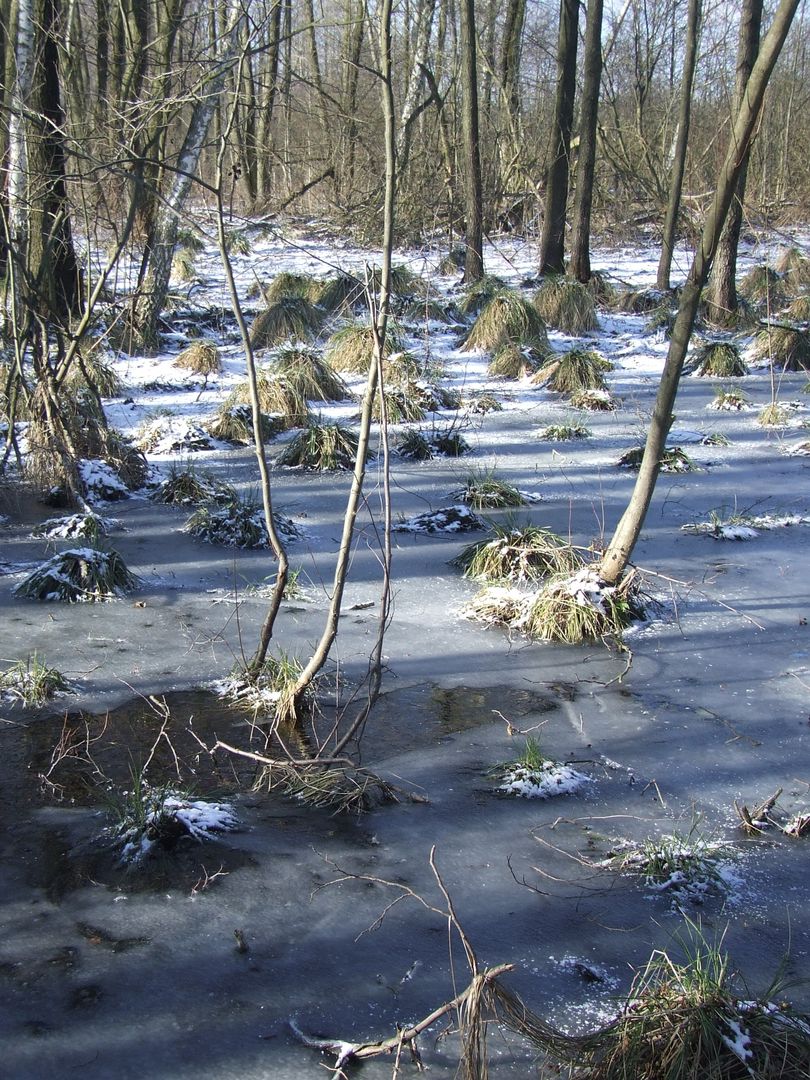Wypnicha
6.84

Overview
Wypnicha is a village in Poland located in the Lublin Voivodeship, in the Lubartów County, within the administrative district of Michów. Its history suggests that it was most likely established in the second half of the 15th century, with the first written records dating back to the 16th century, when it bordered the estate of the Michowski family. By the 17th century, the village was already prosperous, and in 1671, it featured a wooden manor house. A notable event was the discovery of the Wypnisko Treasure in the 1920s, consisting of silver coins, which underscores its historical significance. During World War I and World War II, the residents of Wypnicha actively participated in underground resistance activities. After the wars, the village experienced periods of development, constructing new social institutions such as schools and a Community Hall. Architecturally, the village's appeal is highlighted by buildings well-integrated into the surroundings, including the Volunteer Fire Department station and the former manor house. Wypnicha is characterized by peat bogs and spring areas, making it an interesting location in terms of natural environment. Another point of interest is St. Helena’s Hill, once a sandy elevation that was the source of local legends. Over the years, the village has faced economic challenges but has maintained its predominantly agricultural character, with grain cultivation being the mainstay. The local primary school serves as a cultural center, and residents are actively involved in community initiatives.
Location
2025 Wizytor | All Rights Reserved